I don’t think Van’s Aircraft was trying to be funny when it said its RV-9A is “an airplane that you look forward to landing.” Hopefully, every time a pilot goes up, he or she looks forward to getting it back on the ground. Speaking of the RV-9A, a partially assembled version of this kit airplane is for sale near Charlotte, North Carolina on eBay, with a starting bid of $20,000.
The constructors who did half the work for you are professionals, members of the Experimental Aircraft Association 309. This is their second Van’s RV Experimental Aircraft, the first one was sold on eBay some years ago “to a new owner who completed the construction and has been flying happily since.” The work to date, shown in a walkaround video, looks to a high standard.
The partially completed components include: vertical stabilizer, horizontal stabilizer, wings, fuselage with main gear legs and sliding canopy, rudder, ailerons, flaps and elevators. The buyer gets the original Van’s Aircraft drawings and instruction manual.
The conscientious builders indicate that the plane has so far been built to plans, with no modifications. “The nose gear leg is not included since this depends on your engine choice and other firewall forward details.”
Yes, the plane does not come with an engine, though the makers of this “fast, stable, efficient cross-country machine” say it will take a 118 to 160 horsepower unit, which gives it a 45 miles per hour cruising speed. The prototype had a 118-horsepower Lycoming unit, as seen in the Cessna 152. But the Lycoming 0-320, with 160 horsepower, can be accommodated, making it “a real performance tiger!”
The Van’s RV-9A seats two. The wings are longer and narrower than on earlier Van’s models, allowing it to climb easily on low power and glide a long way. Thousands of both the RV-9 and this RV-9A have been sold and are in the friendly skies. The standard kit sells for $34,550, so maybe a bargain can be had here—but don’t count on it.
A little history here. Founder Richard (Van) VanGrunsven established the company in 1970, and introduced the first aircraft kits in 1973. The first plane was the single-seat RV-3, but some customers said, “What’s the fun in flying by yourself?” So a two-place RV-4 was introduced. In the late 1980s, with the market shifting toward touring, the side-by-side RV-6 came out, followed by the tri-gear RV-6A.
From the brochure: “In 1999, Van’s flew a new airplane emphasizing flying simplicity and efficiency over speed and aerobatics. The side-by-side RV-9A combined an RV-6 cabin with a completely new wing. Intended as an efficient, fun ‘weekend’ flying machine, the RV-9A turned out to be an excellent cross-country airplane as well. A tailwheel version, the RV-9, was introduced in 2002.”
The buyer of this aircraft will have to pick it up locally in Charlotte, North Carolina. The builders bought the wing kit in 2013 and the fuselage kit in 2017. All the construction work has been professionally inspected. The build is photo-documented, but there’s no builders log.
It’s not clear why the builders ran out of steam, but maybe taking planes to this point is how they operate. To finish the airframe, a bunch of parts are needed, including engine, instruments and interior, plus an engine mount, nose gear assembly and a finishing kit. A 20-foot box truck would be a good transporter. Helpful hint: “A cheap way to pack the parts, if no wing cradle is available, is to purchase some rolls of R12 fiberglass insulation and wrap the parts in that. Then after unloading at the destination, donate the insulation to a local Habitat for Humanity or home builder.”

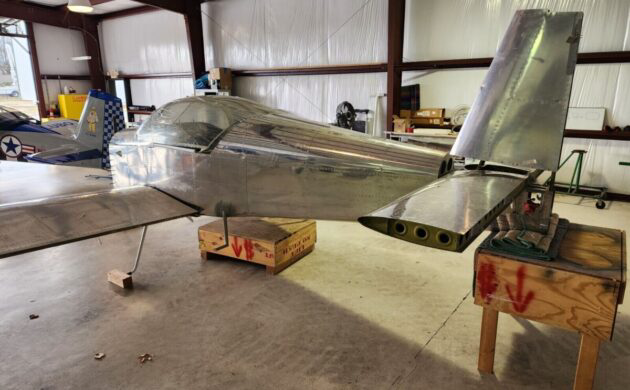
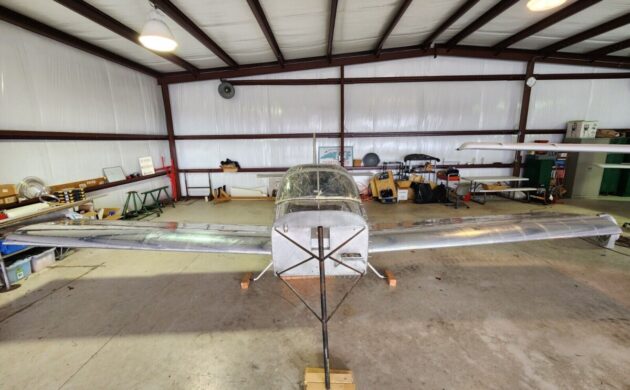
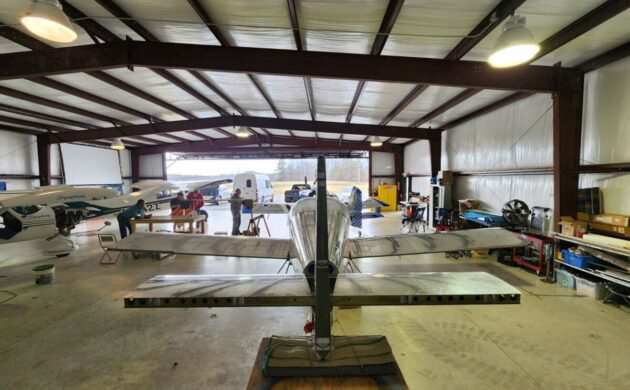

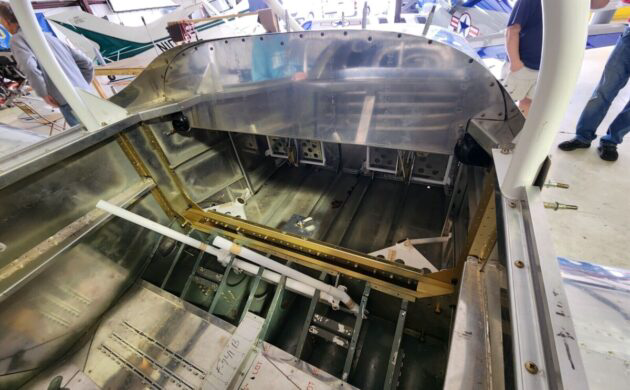


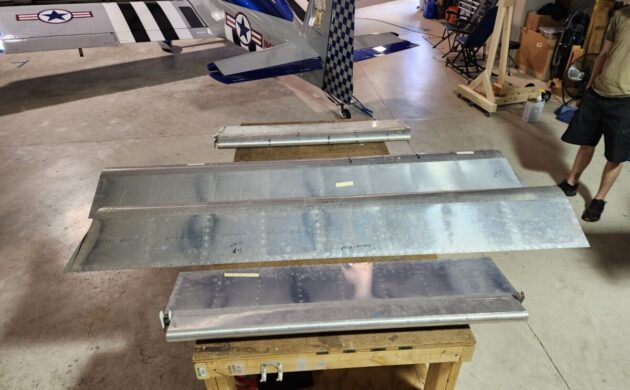



I’m sure you mean 145 mph cruising speed. About 50% faster than the same engine in a Cessna, which is the reason for their incredible popularity. This one is 20% done and that is about the same percentage as what you will spend to finish it. Ironically there are a lot of RV’s for sale and at prices so low that it is possible to buy one completed for a fraction of what it costs to build one. Nice planes to own and fly, but it is best to make your flights in the morning before the air begins to get bumpy or they beat you up a bit. Probably a good deal here, I’m surprised there isn’t a builders logbook , the new owner will need to create one.
A good friend of mine who is gone now used to build all their engine mounts. The rules of kit plane building require the owner to do a certain amount of the work, but there are some ways to circumvent this and have someone else build most of the plane for you. Like kit cars, there must be a lot of these long term projects sitting in garages and hangars. With a kit car, a guy can sit on a 5 gallon pail and take his half finished creation down the street, not so much with an airplane.
As someone currently in the middle of a project such as this (not a Vans, though), I think I can safely say that building the airframe to this point is the easy (and probably fun) part. Parts are shaped and often drilled to final size so all that the builder needs to do is de-burr and rivet. Not a lot of thought and angst involved.
Making decisions on engines, avionics, and other systems really slows you down.
My brother owns one of these. It’s a sweet plane and has a great cruising speed and good range. Not a lot of room for gear. The sliding canopy is really nice. I think he paid about 50k for his, ready to fly. The nice thing about an Experimental aircraft is you get a huge break on avionics; they don’t have to be FAA approved.
I just want to thank you for writing “Needs finishing,” and not “needs finished.” Not sure how cave man talk infiltrated the automobile enthusiast world but it drives me mad. I’m about 15 minutes from the EAA grounds in Oshkosh. I hope to see this one soon.
Think of all the beer cans you can make with the recycled aluminum. You know its the cost of aluminum and the perceived shortage of it that has made canned cat food go so high so scrap it and help feed cats
This would be an excellent project for all the EV enthusiasts out there. Just think how energy efficient this plane would be with battery power! Step right up!
Oh wait, one more. Flew when parked, right?